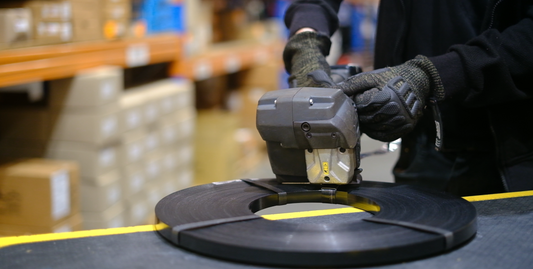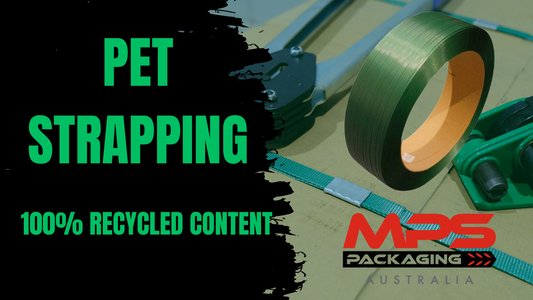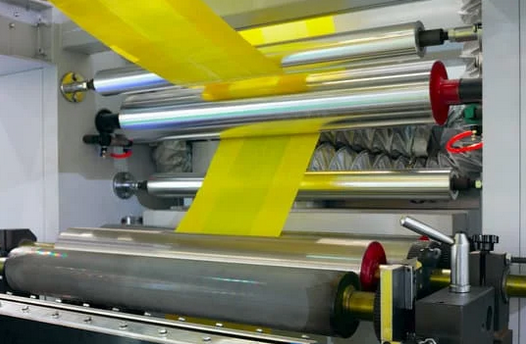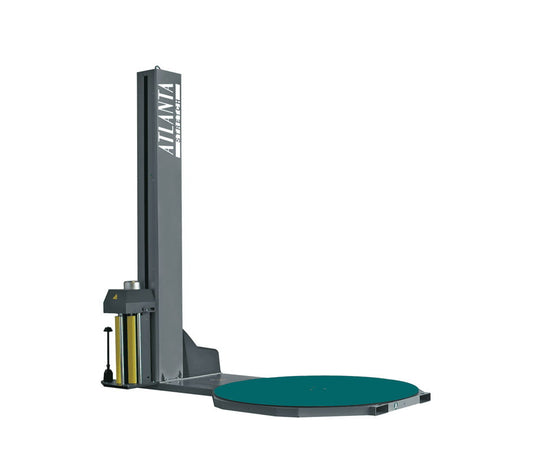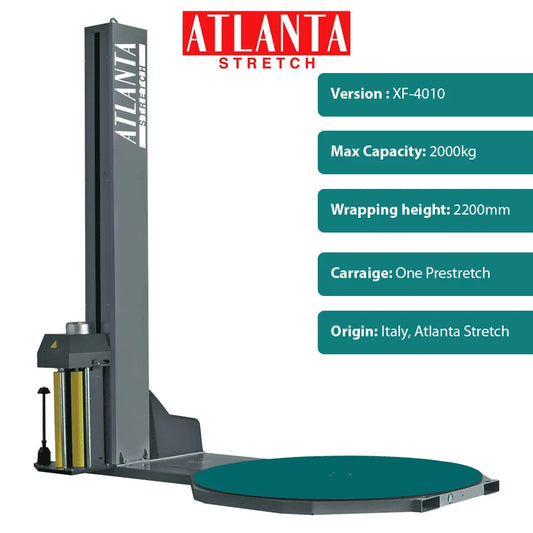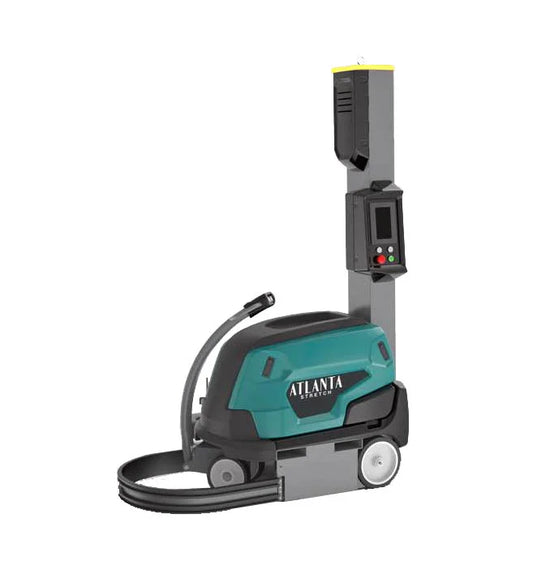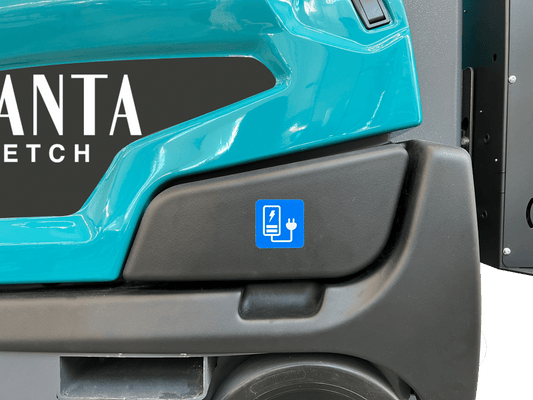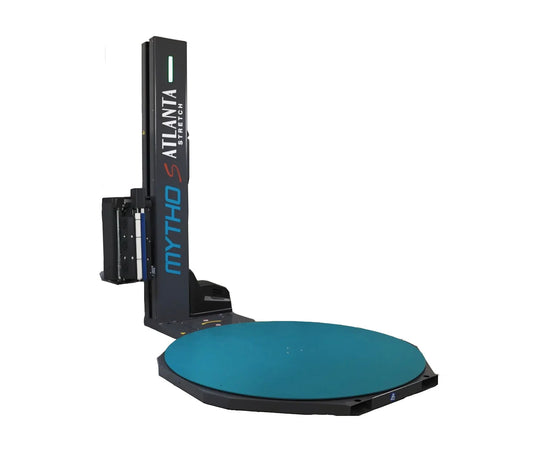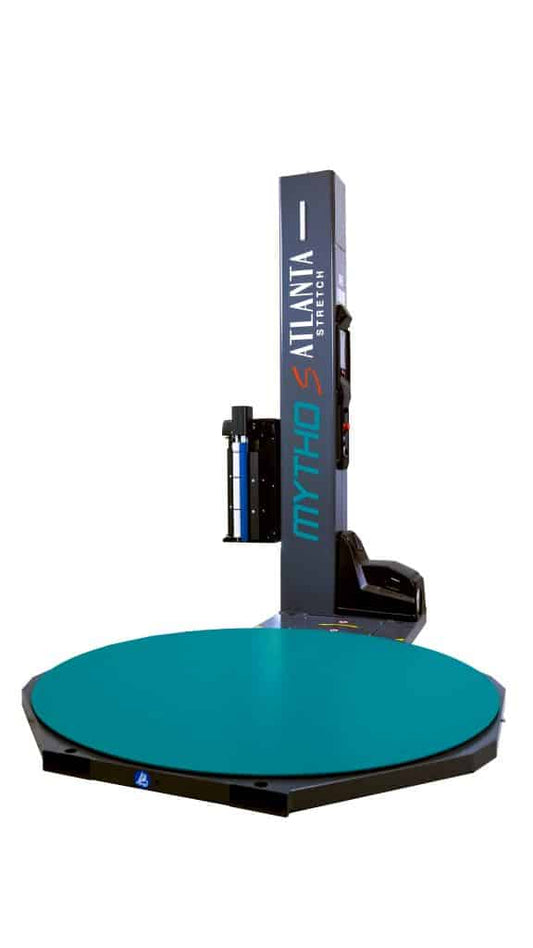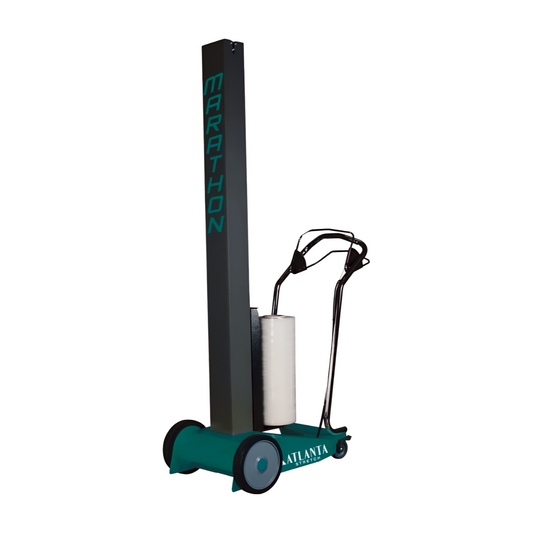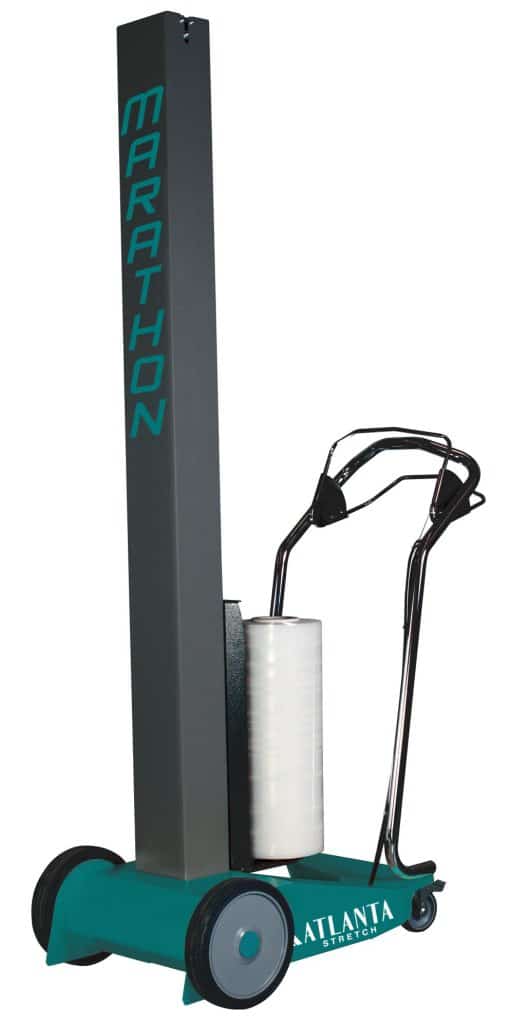What is the Cheapest Strapping? A Comprehensive Guide
When it comes to choosing the right strapping material for your packaging needs, cost is often a primary consideration. The cheapest type of strapping generally depends on the specific application and requirements, but typically, polypropylene (PP) strapping is considered the most economical option. Here's a detailed look at why polypropylene strapping stands out as a cost-effective choice and what makes it a versatile option for various industries.
Why Polypropylene Strapping is Cost-Effective
Polypropylene strapping is made from a type of plastic that is relatively inexpensive to produce, making it one of the least expensive strapping materials on the market. This affordability doesn't come at the expense of performance, particularly for light to medium-duty applications.
-
Lightweight: One of the standout features of polypropylene strapping is its lightweight nature. This not only makes it easy to handle but also reduces shipping costs, as the strapping adds minimal weight to the package.
-
Suitable for Various Loads: Polypropylene strapping is ideal for most light to medium-duty applications, making it a versatile choice for many businesses. It’s widely used for bundling products, securing pallets, and packaging in various industries, from retail to agriculture.
However, while polypropylene is cheaper, it might not be the best option for heavy or high-stress applications. In those cases, other types of strapping like polyester or steel may be more appropriate, despite their higher costs.
Detailed Overview of Polypropylene Strapping
1. Material and Construction
- Composition: Polypropylene is a thermoplastic polymer known for its flexibility and lightweight characteristics.
- Construction: The strapping is typically extruded into thin, flat strips that can be either smooth or embossed, depending on the application requirements.
2. Key Features
- Flexibility: The material can conform to different shapes, making it suitable for securing irregularly shaped packages.
- Cost-Effective: It remains one of the most affordable strapping materials, making it ideal for businesses looking to minimize packaging costs.
- Elongation: PP strapping has good elongation, meaning it can stretch under stress, which is useful for packages that might expand or contract slightly.
- Tensile Strength: While not as strong as polyester or steel strapping, polypropylene still offers sufficient strength for light to medium-duty applications.
- Weather Resistance: It resists most chemicals and is not significantly affected by moisture, though it may degrade over prolonged exposure to UV light.
3. Applications
- General Packaging: Ideal for bundling boxes, cartons, and lightweight products.
- Palletizing: Often used for securing products on pallets, especially when the load is not too heavy.
- Retail and E-commerce: Common in securing goods for shipping, especially in online retail where products vary in size and weight.
- Textile Industry: Used to bundle fabrics, clothing, and other textile products.
- Mail industry: PP Strapping is commonly used to bundle catalogues and newspapers.
4. Advantages
- Ease of Use: Polypropylene strapping is easy to apply manually or with strapping machines, making it versatile for various packaging environments.
- Safety: It’s safer to handle compared to steel strapping, which can have sharp edges.
- Customizable: Available in various widths, thicknesses, and colors, and can be printed on for branding or identification purposes.
- Recyclable: Being a type of plastic, it can be recycled, which is an advantage for businesses focused on sustainability.
5. Limitations
- Lower Strength: Compared to other strapping materials like polyester or steel, polypropylene has lower tensile strength, making it unsuitable for very heavy loads.
- UV Degradation: Prolonged exposure to sunlight can cause the material to become brittle and lose its strength.
- Elongation Loss: Over time, polypropylene strapping can lose its tension, which may require re-tensioning for long-term storage.
6. Comparison with Other Strapping Materials
- Versus Polyester Strapping: Polyester is stronger and has less elongation, making it better for heavier loads. However, it is more expensive.
- Versus Steel Strapping: Steel offers the highest tensile strength and is ideal for heavy-duty applications, but it is much more expensive and harder to handle.
Conclusion
Polypropylene strapping is an excellent choice for many general-purpose applications, especially where cost, ease of use, and flexibility are key considerations. It’s particularly well-suited for securing lighter loads and bundling smaller packages, making it a staple in industries such as retail, e-commerce, and agriculture. However, for more demanding applications, stronger materials like polyester or steel may be necessary.
At MPS Packaging, polypropylene strapping is highly regarded for its lightweight nature and ease of use. It's often used in applications such as palletizing consumer goods, securing paper products, and general logistics and distribution tasks. The flexibility of polypropylene strapping allows it to stretch and conform to the shape of the load, maintaining a snug fit even if items shift during transit. This feature also reduces the risk of damaging delicate goods compared to more rigid strapping options like steel.
In terms of cost, polypropylene strapping remains one of the most affordable options available, both in terms of the material itself and the tools required for its application. This makes it an attractive choice for businesses looking to keep their packaging costs down while ensuring their products are securely bundled.


